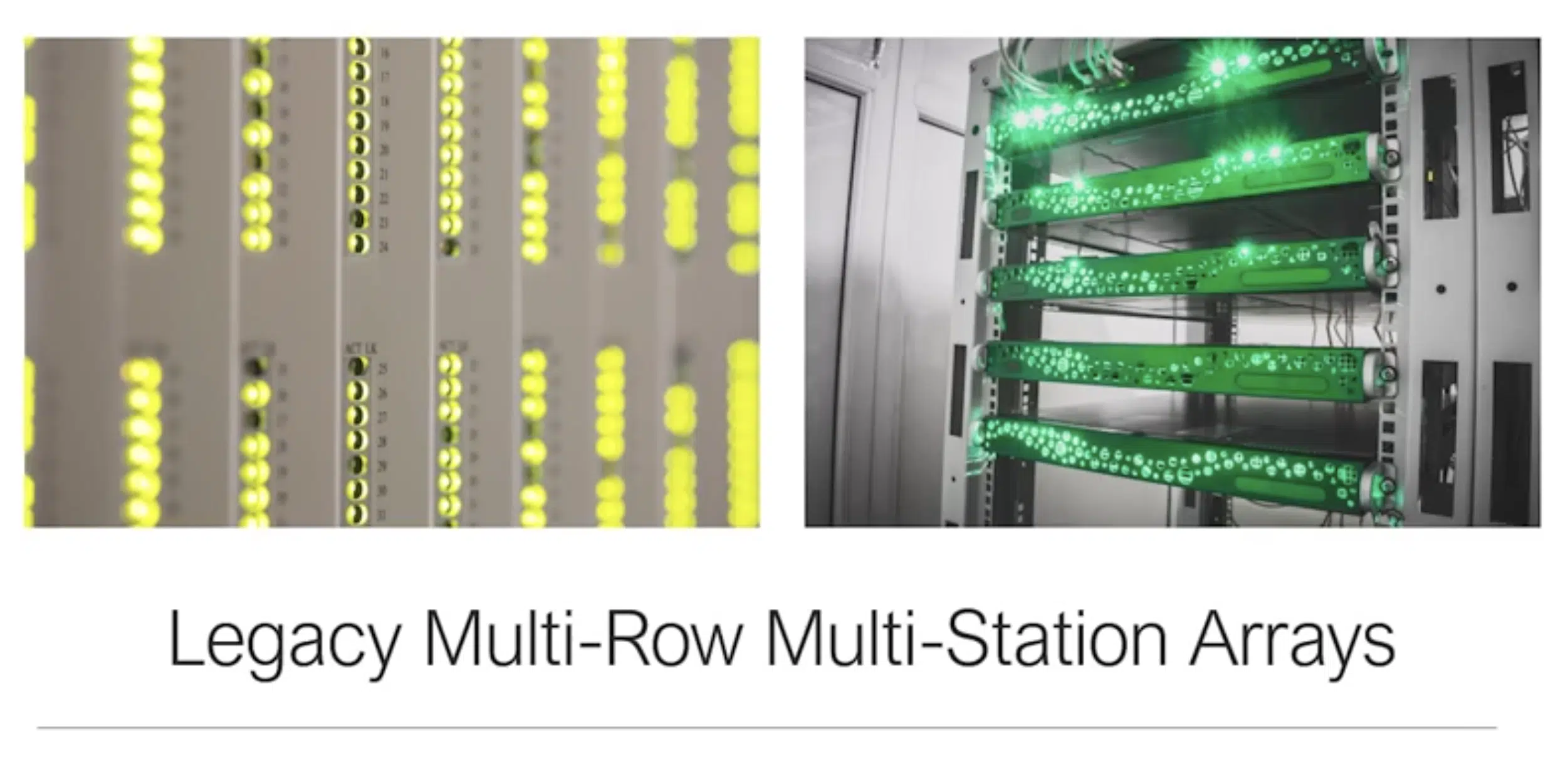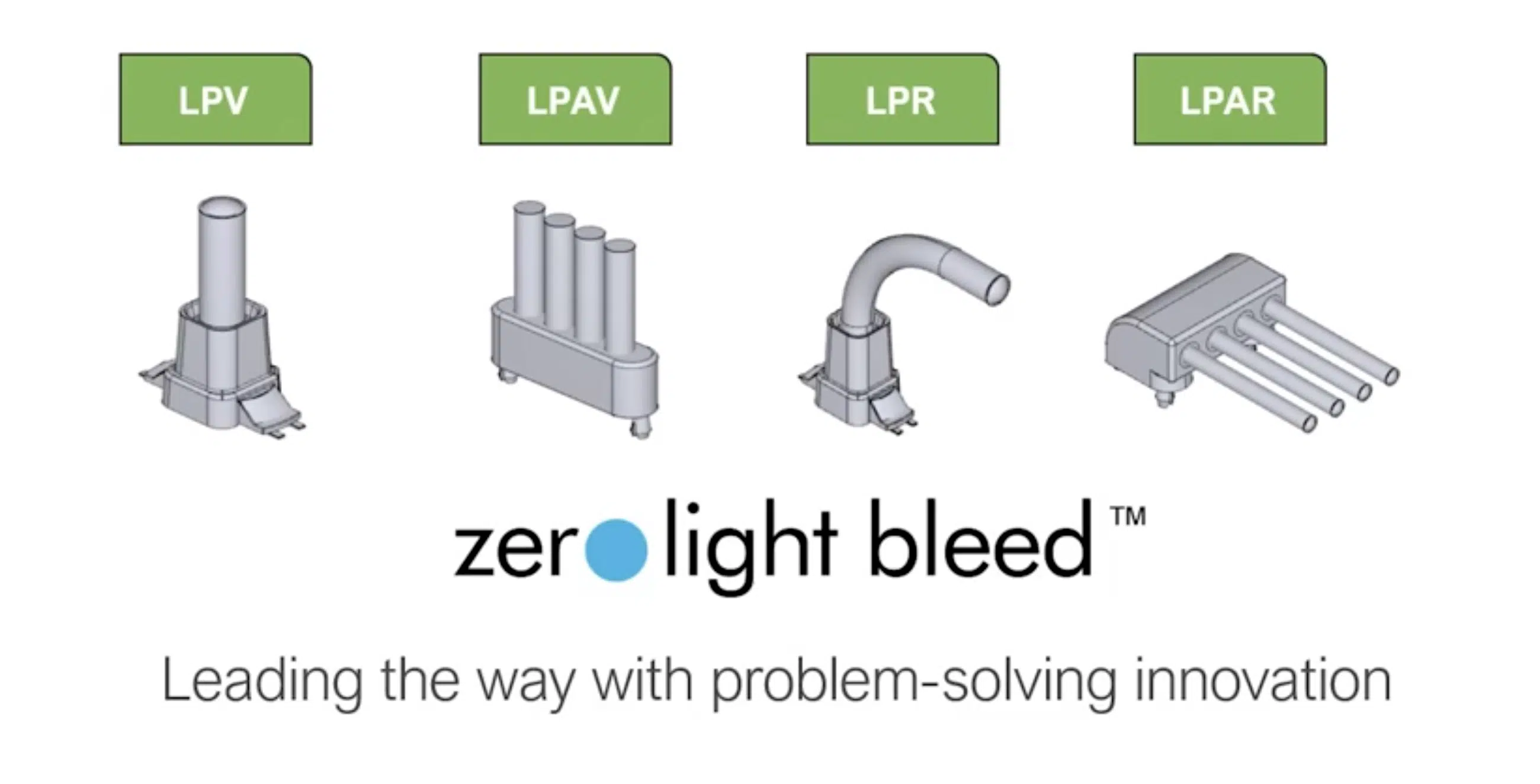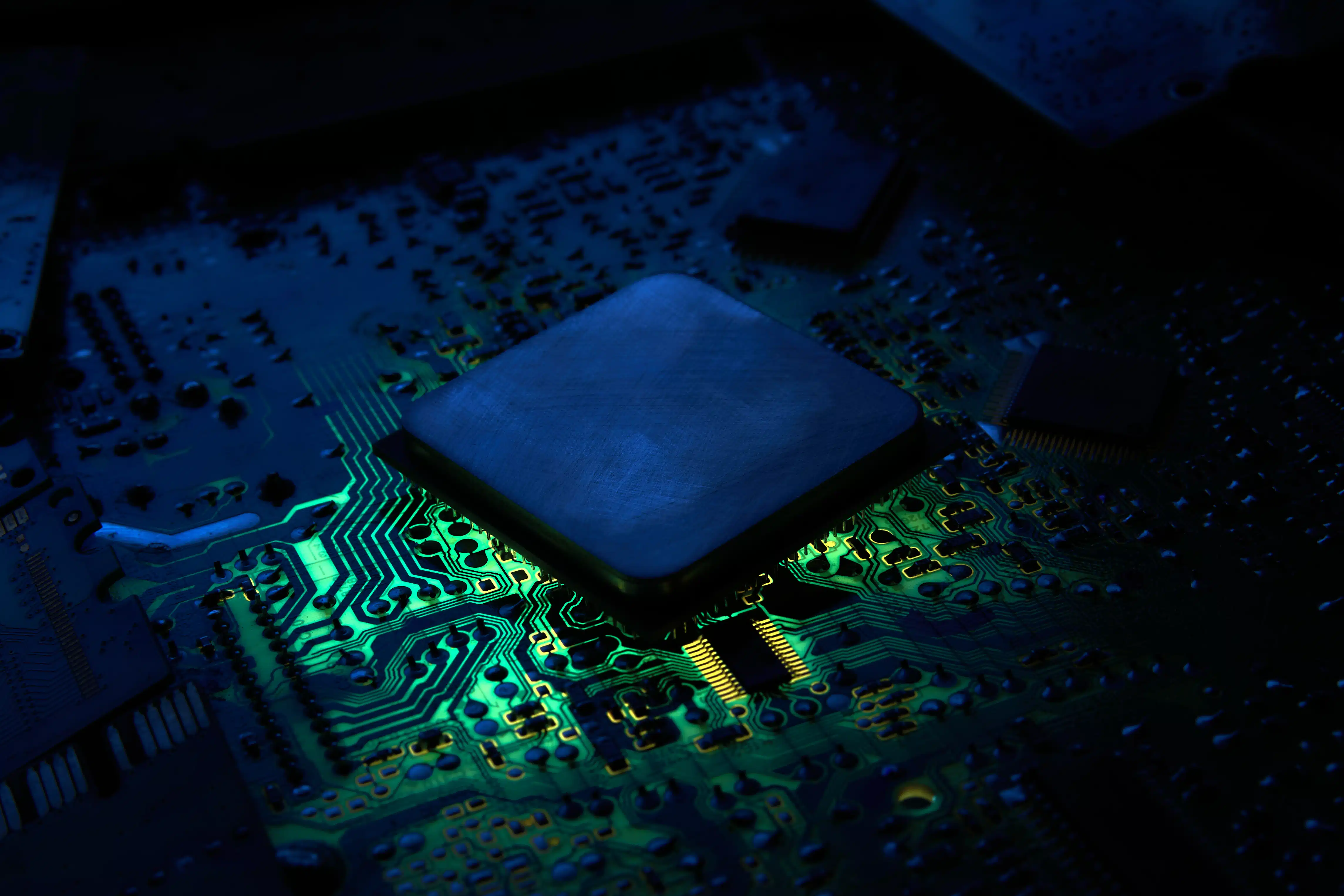Introduction
Modular light pipe systems, specifically Bivar’s new MLPS, communicate more data these days, it is very difficult if you do not have a few LEDs on the panel. For example, in a control system environment, like in AI, such as echo devices and other similar devices. Also in robotics, there’s a lot of indication available, which does let you see the status on the front panel. It’s beneficial for the end users sitting in front of the device can see the status of things. For example, if there’s communication, there’s transmit, receive, and ground. If transmit is flashing or receive is flashing, you can tell if the device is transmitting or receiving data.
Similarly, in case of a discovery mode these days, many of devices have Bluetooth and wifi. For that to connect that device to the Bluetooth, for example, the device needs to go into discovery mode. And these LEDs present on the device, they help communicate that the device is in discovery mode and so on, right? It also tells you then once it’s connected it’ll flash three times or four times to give you the indication that now it’s connected. So the more data that you need to transmit, there is more need for LEDs, and hence there’s more need for light pipes, which brings us to an issue which we have seen design engineers have issues with. As you can see on Figure 1, there’s a lot of crosstalk, so it’s hard to decipher which LEDs are laid up and which ones are not lit up.

If you’ll look at the yellow lights on the left side of the image and the green one on the right, it is very difficult to decipher. It’s because of the crosstalks. So there’s an abundance of data that can be transmitted or shown with the help of the LEDs. The more the data requirement, the more the need for LEDs and light pipes which leads to a few problems that are shown in Figure 1 on the left side. You see the yellow lights bleeding into each other, and the right side, you see the, the green lights. What’s happening here is one light is lighting up, but is actually bleeding into the other LEDs and light pipes, which is a big issue that design engineers face. Bivar kept that market problem in their rearview while driving towards the zero light bleed applications. Zero light bleed was one of the most innovative ideas that was presented to the industry because of the concern from the end users that they could not decipher what colors were visible on the front end.
They also could not decipher which lights were laid up. So with the help of the zero light bleed technology, which Bivar provided a few years ago, there is an adapter which helps in kind of shielding the light from escaping from one LED and blending into the next one adjacent an LED. It is shown in Figure 2 on the left-hand side, the LPV, LPAV, LPR, and LPAR all use the zero light bleed technology, which helps solve the problem of crosstalk or light bleed from one LED to the adjusted LEDs.

The Market and Its Challenges
Custom solutions, they lead to a few of the challenges that engineers always faced. Bivar has captured the top five challenges communication challenge. That’s a big one where your engineers need to communicate with the engineers of the the vendor, and there’s a lot of back and forth communication where you’re trying to explain the outcome, the desire, for your product. During this back and forth, there’s time being wasted, energy being wasted, and many resources being applied to that. The engineering NRE, that’s an additional cost because in the beginning of a project, whenever you were trying to get a custom a product or component created for the product it takes a lot of effort and money. Additionally, there is cost from the engineering perspective as well that are being used from the vendor side that can be unpredictable. This poses a problem when you do not have a specific cost in mind at the time of launch for the product.
With minimum production volumes, there is always a need at the prototype level that want only lower volumes, but this is because there is tooling associated with that and there is production time associated with that. What most vendors will give is the minimum volume that must be purchased. For example, if you are making 10 prototypes, you might need to buy 5,000 components because that’s the minimum order that will be accepted. Additionally, the lead times are integral because of all the production, requirement capturing, and the wait times that the vendors will have.
There are long lead times associated with components, which actually end up pushing your launch beyond what you have expected it to be and this will lead to increased go to market times. Now, all these market problems that we discussed, some of these custom solutions, and the third party solutions we discussed are still painful to customers. In Bivar’s discussions with design engineers and assemblers, it was very evident that they needed a different solution, and that’s why Bivar came up with our new patent pending modular light pipe system. This modular design approach not only solved the above mentioned problems, but it also provides a few more benefits like flexibility, scalability, and cost effectiveness. Flexibility in terms of working with our configurator, which is available online and creating a product that will fit customers’ needs. Scalability in terms of if you have already created a design for a prototype, which is let’s say it was an array of 1×7 light pipes, and now you realize in the later stages that it, you actually need a 1×8, it’s very easy to go back to our configurator and it makes it very scalable and there’s no wastage of of products. If your needs change from a 1×7 to a 1×8, we can quickly produce this product and send it your way so you can continue with your development cost effectiveness. Bivar’s modules can be mass produced, which helps reducing the cost of the product and eventually helps reduce the pro the price of your product as well. Also, when redesigning a product in case there is an older product than that, then you’re trying to add more adds to your interface. It’s very easy to redesign a product with the help of MLPS as it allows you to configure your new components with the help of the configurator and provides you that flexibility, scalability, and cost effectiveness.
Preassembled Arrays
We believe modular light pipe system is a game changer for designers as it saves 40% of real estate on the board, which gives you more room to put more components and also helps you reduce the size of your board. Eventually, that leads to smaller product sizes and there are several advantages of using preassembled arrays. Preassembled arrays can save customers time and effort. The assembler does not have to spend time assembling the product, and preassemble MLPS arrays are more affordable as the customer does not have to factor in the cost of labor for assembly.
Lastly, preassemble MLPS is more convenient. The customer can simply unpack the product and use it right away without having to worry about assembling it. MLPS also provides the benefits of zero light technology that I had mentioned previously, which helps reduce the light bleed between light sources. The MLPS solution is configurable to fit the needs of any design or redesign. As engineers need to customize or configure their product, they can go to the Bivar website and use the configurator to find the right solution that fits their needs. This reduces the lead times from 20 to 30 weeks down to three weeks.
Conclusion
MLPS was designed to provide flexibility, scalability, and cost effectiveness at all stages of your design, starting from specification all the way to production. This means you can have plug and play products in your hand at all stages of your development.
Here are some key design tips to consider when you’re working on, on a new design or redesign. The first step is to define your requirements for the light pipe system or LEDs. What does it need to do? How bright does it need to be? In what environment will the product be used? Next, research different options. Once you know your requirements, you can start researching different light pipe systems and LEDs. Bivar has many different options available, so it is important to compare different systems and resources to find the best one for your application.
Lastly, talk to an expert. If you’re still not sure which light pipe system or LED is right for you. Talk to our experts at Bivar. We can help you choose the right system and source for your application. Bivar products are always developed with reliability in environmental compliance in mind. The MLPS is based on a highly efficient manufacturing process, which significantly reduces waste. All products come with complete compliance documentation and sustainability support. Also, of note, Bivar is ISO 9,001 and ISO 14,000 certified.
For more information, please visit https://www.bivar.com/






